Meet the Scientists
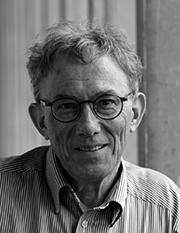 Birger Lindberg Møller, Professor, Cyanogenic Glucosides Group
Birger Lindberg Møller, Professor, Cyanogenic Glucosides Group
A main research interest of mine within plant biochemistry is bio-active natural products. In particular, the focus of my research group is the biosynthesis, transport, storage and degradation of cyanogenic glucosides and elucidation of their role in the ability of plants to communicate with the environment and to defend themselves against attack from herbivores, pests and abiotic stresses.
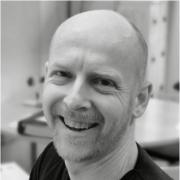 Søren Bak, Professor, Molecular Evolution Group
Søren Bak, Professor, Molecular Evolution Group
The long term goals of my research group is to elucidate the impact of evolution of plant multigene families and their impact on plant genomes, natural products, natural variation and interactions with insects and microbes. Plants have evolved a refined and dynamic adaptation to abiotic and biotic stress based on the ability to synthesize a vast array of secondary metabolites/ natural products.
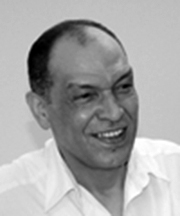 Saddik Motawie, Assoc. Professor, Chemical Synthesis Group
Saddik Motawie, Assoc. Professor, Chemical Synthesis Group
Generally, bioactive natural products in plants may be difficult to extract in quantities required for e.g. identification in plants, for elucidation of biosynthetic pathways, and for usage as substrates for studies of enzymatic specificities. Hence, chemical synthesis of these natural products are an interesting alternative, which is the focus and main interest of my group.
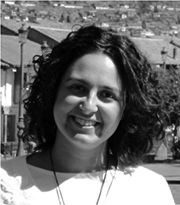 Raquel Sánchez Pérez, Associate professor, Cyanogenic glucosides Group
Raquel Sánchez Pérez, Associate professor, Cyanogenic glucosides Group
Peaches, nectarines, almonds and cherries contain cyanogenic glucosides, which during cell disruption, are the cause of cyanide release. Application of CN-related compounds has been used to break flower bud dormancy. The objective is to ameliorate fruit trees and crop plants to optimize the dormancy period with regard to flowering time. This is a very important trait that needs to be understood and adapted to counteract negative effects of global climate changes.
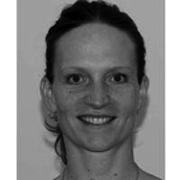 Nanna Bjarnholt, Associate Professor, Cyanogenic Glucosides Group
Nanna Bjarnholt, Associate Professor, Cyanogenic Glucosides Group
My pathway discovery work within non-model plants has caused me to frequently disclose atypical enzymatic functions. I enjoy this exploration of the unknown and at the hearth of my research lies development of tools to ease elucidation of metabolic pathways in non-model plants.
 Elizabeth Neilson, Assistant professor, Cyanogenic glucosides Group
Elizabeth Neilson, Assistant professor, Cyanogenic glucosides Group
Investigation of bio-active natural products present in Eucalyptus species. Despite their toxic leaf composition, eucalypts dominate the Australian landscape and fed upon by many different species, including the iconic koala. We explore the synthesis and regulation of toxic metabolites (incl. cyanogenic glucosides, phenolics and terpenoids) and investigating how environmental and developmental change impacts eucalypt chemistry
 Tomas Laursen, Postdoc, Cyanogenic glycoside Group
Tomas Laursen, Postdoc, Cyanogenic glycoside Group
I am studying the organization of biosynthetic enzymes in efficient complexes termed metabolons. In order to study membrane associated enzyme complexes I have developed a detergent free approach for isolation of intact metabolons. I am especially interested in elucidating the fundamental mechanisms governing metabolon assembly and factors stimulating their stability.
 Mette Sørensen, Postdoc, Cyanogenic glycoside Group
Mette Sørensen, Postdoc, Cyanogenic glycoside Group
My project comprises two main research topics: (1) a study of cyanogenic glucoside biosynthetic pathway at its regulation by tracking the cyanogenic glucoside content during plant ontogeny and leaf ontogeny and correlate the cyanogenic glucoside content with gene expression levels and (2) profiling the “cocktail” of volatile organic compounds (VOCs) constantly emitted from Eucalyptus leaves and flowers that interact with the surroundings incl. nearby standing trees, herbivore insects, pollinators and koalas feeding on the trees.
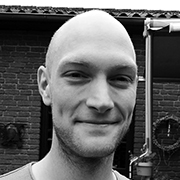 Thies Gülck, PhD, Cyanogenic glycoside Group
Thies Gülck, PhD, Cyanogenic glycoside Group
Capsaicin and its derivatives find various applications in nutrition and pharmacy. My PhD project aims at engineering the capsaicinoid biosynthetic pathway into Saccharomyces cerevisiae as a basis for industrial production and deeper understanding of the underlying processes: a) validating predicted pathway enzymes, b) expressing pathway enzymes in heterologous hosts and c) investigating the interaction of pathway enzymes
 Sara Thodberg, Postdoc, Cyanogenic Glucosides Group
Sara Thodberg, Postdoc, Cyanogenic Glucosides Group
In my PhD project I study cytochrome P450 proteins at two very different levels. First with an evolutionary approach, where I try to unravel the biosynthetic pathway of cyanogenic glucoside (CNG) production in ferns. Secondly I use a Single Molecular Studies on Cytochrome P450 Reductase Mutants to look at enzymatic function and dynamics.
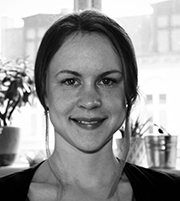 Cecilie Cetti Hansen, PhD student, Cyanogenic Glucosides Group
Cecilie Cetti Hansen, PhD student, Cyanogenic Glucosides Group
I study plant specialized metabolism with special focus on the superfamily of cytochromes P450 (P450s) and their redox partner, the NADPH-dependent cytochrome P450 oxidoreductase (POR). The cyanogenic glucoside biosynthetic pathways in Sorghum and Eucalyptus are used as models to study interaction between PORs and P450s. Another part of my PhD project focuses on the effect of climate change on eucalyptus specialized metabolites and their biosynthesis.
Johan Andersen-Ranberg, Postdoc
Bruna Marques dos Santos, Postdoc
Javiera Patricia Aravena Calvo, PhD student
Khuanpiroon Ratanasopa, Postdoc
Rita del Giudice, Visiting Researcher
